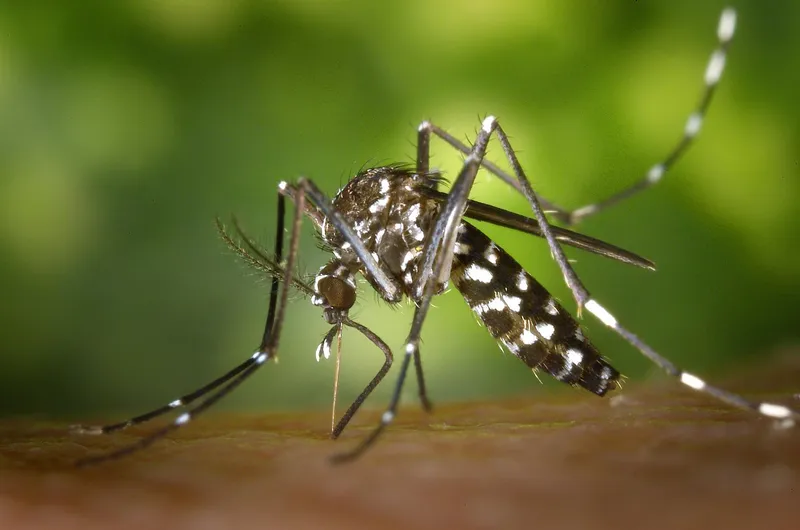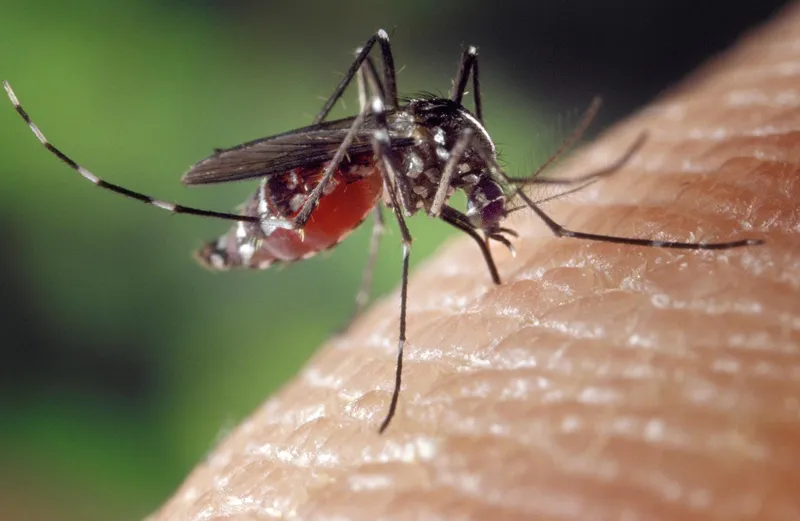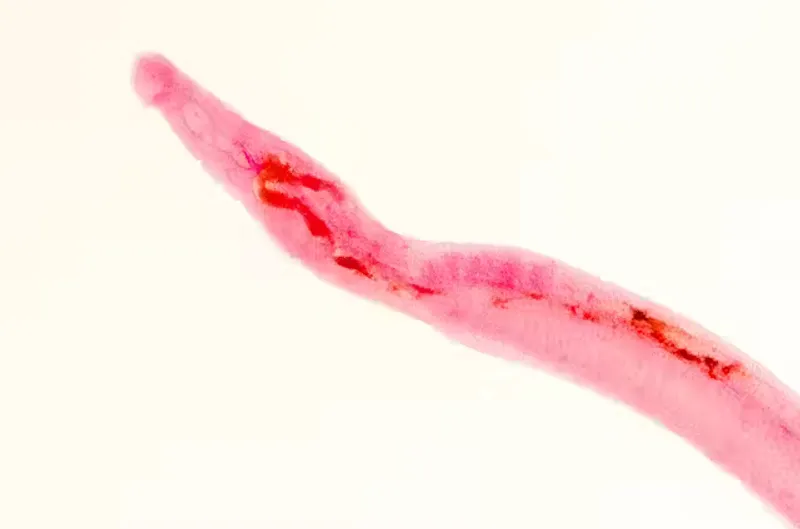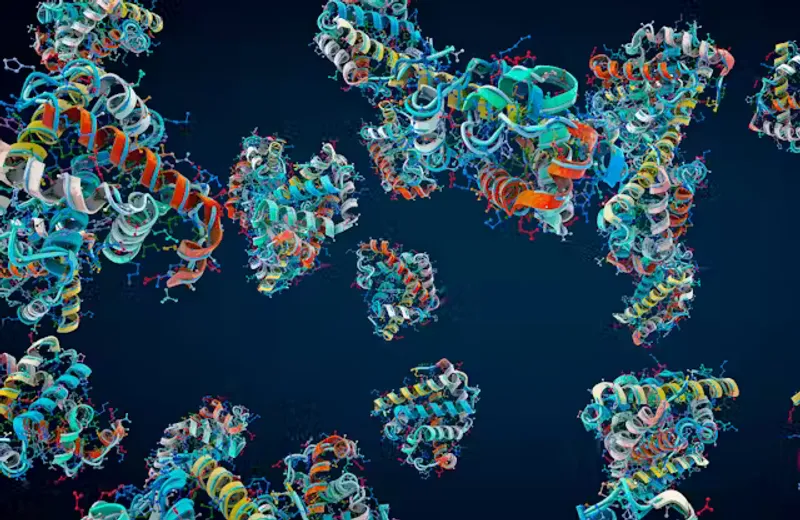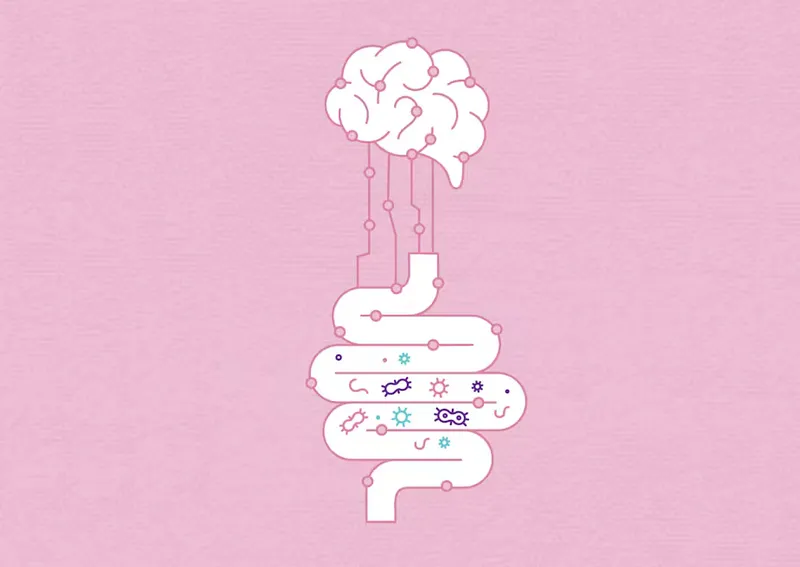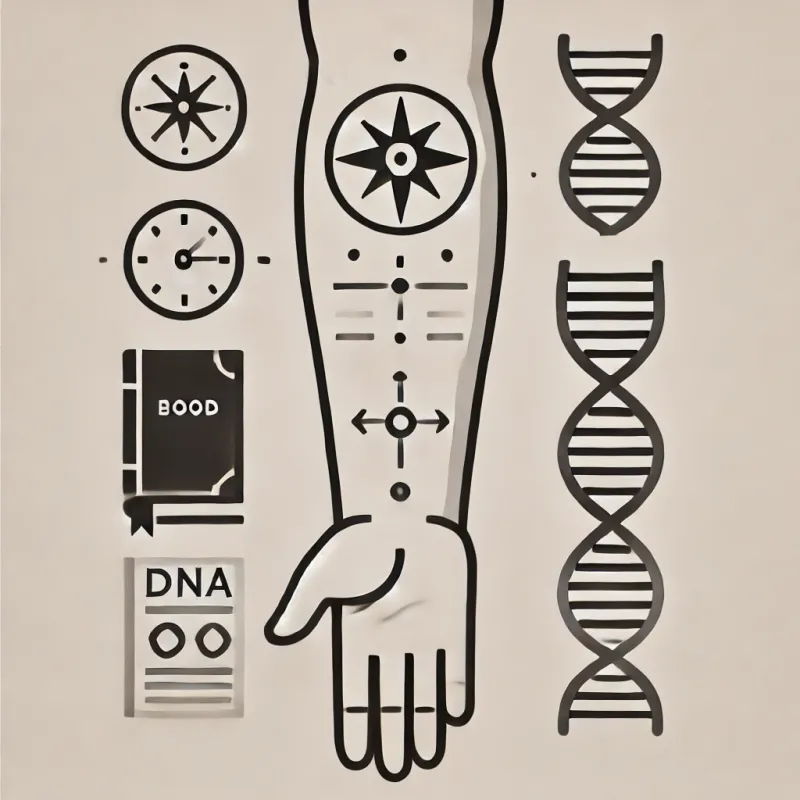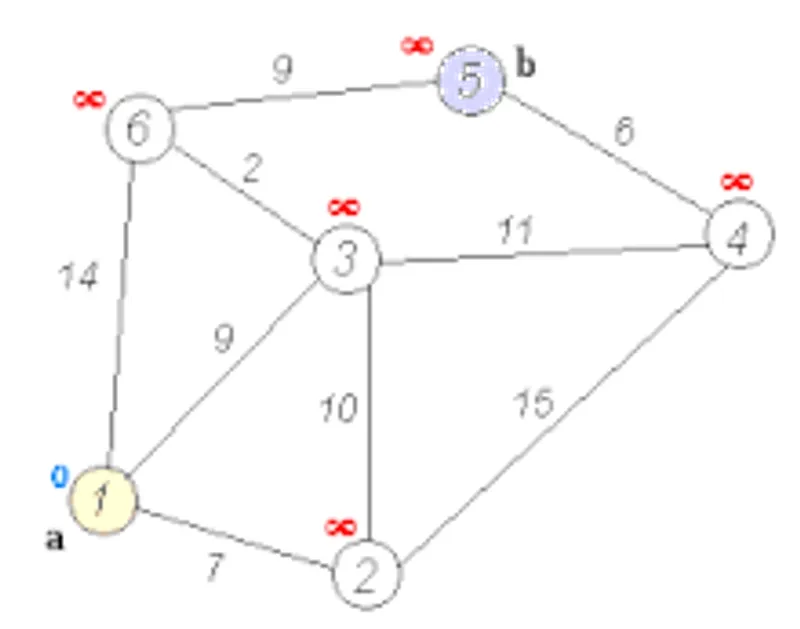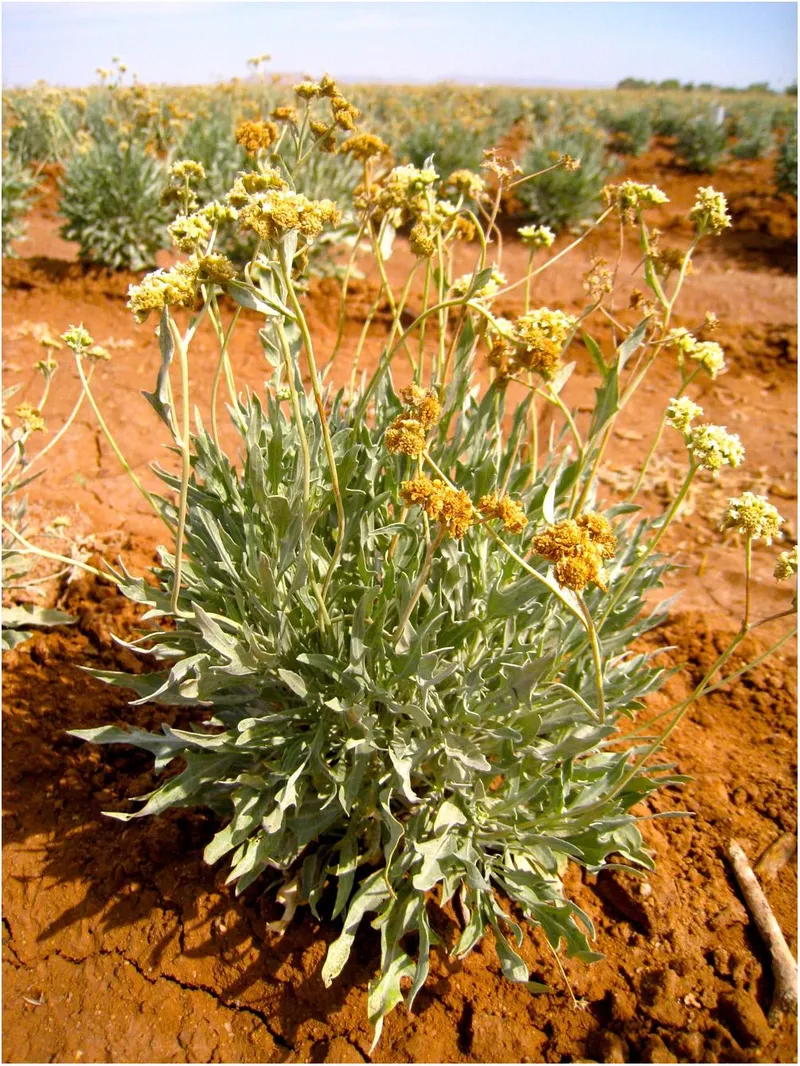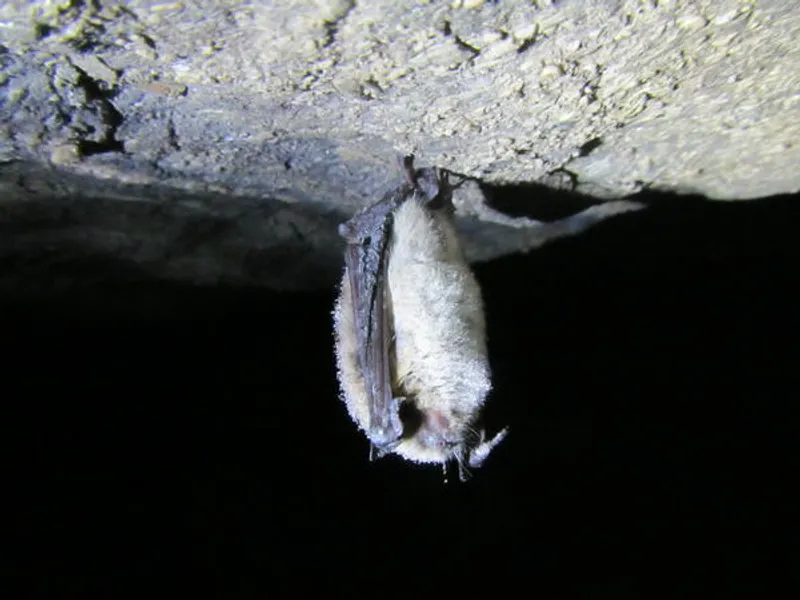Published on FEB 15 2025 by James Smith
The Fungi of Africa: Unlocking the Secrets
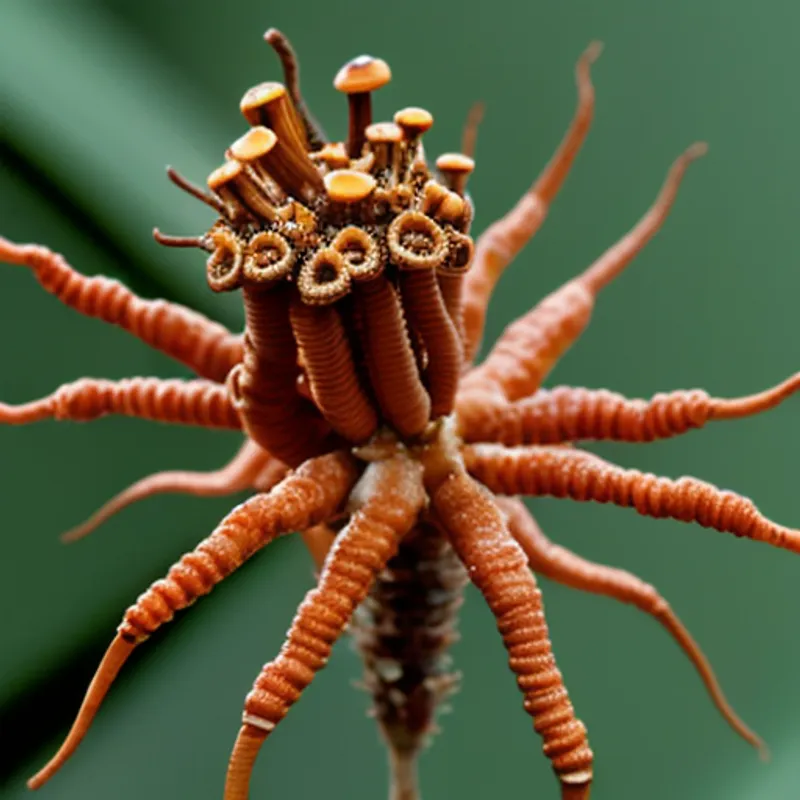
Africa is home to a vast array of fungal species, many of which have been used in traditional medicine for centuries. Despite their long history of use, however, much of this knowledge has remained untapped by modern science. In recent years, however, there has been a growing recognition of the potential of African fungi to drive new discoveries in the field of medicinal chemistry.
One of the most promising fungal genera is Cordyceps, a type of fungus that grows on insects and has long been used in traditional medicine in Africa. Studies have shown that extracts from Cordyceps can have potent anti-inflammatory and immunomodulatory effects, making them potential candidates for the treatment of a range of diseases including cancer, HIV/AIDS, and arthritis.
Another African fungal genus that is gaining attention is Pseudo-hymenostilbe, which has been found to contain compounds with antibacterial and antifungal properties. Research on this fungus has shown that its extracts can inhibit the growth of a range of pathogens, including MRSA and tuberculosis.
African fungi have also been shown to be rich in bioactive compounds with potential medicinal applications. For example, extracts from the fungus Penicillium chrysogenum have been found to have potent antibacterial properties, making them potential candidates for the treatment of antibiotic-resistant infections.
One of the biggest challenges facing scientists working on fungal medicine is accessing and identifying new species of fungi. However, thanks to advances in DNA sequencing technology, it is now possible to rapidly identify and characterize fungal species from any part of the world, including Africa.
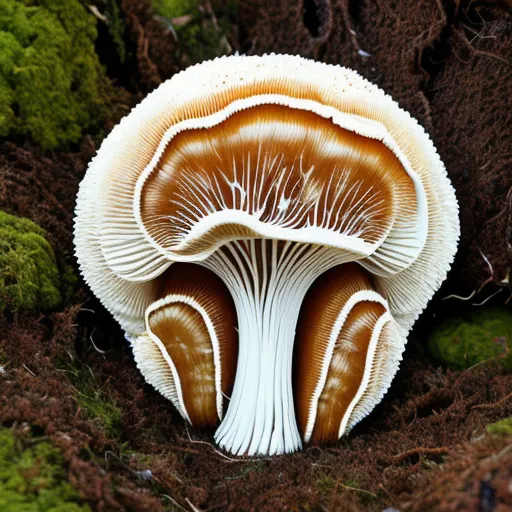
In recent years, there has been a growing number of initiatives aimed at promoting the discovery and development of new fungal medicines. For example, the African Network for the Study of Fungal Pathogenicity (ANFPP) was established in 2010 to promote research on fungi and their role in disease. The network brings together scientists from across Africa to share knowledge and coordinate efforts to identify new species of fungi with potential medicinal applications.
The ANFPP has already made several significant discoveries, including the identification of a new species of fungus that has been shown to have potent antibacterial properties. This discovery was made by Dr. Afolabi Olusegun, a microbiologist at the University of Ibadan in Nigeria, who used DNA sequencing technology to identify the fungus and characterize its bioactive compounds.
Dr. Olusegun’s work highlights the potential for African fungi to drive new discoveries in the field of medicinal chemistry. “Fungi are one of the most diverse groups of organisms on the planet,” he says. “They have evolved over millions of years to develop complex relationships with their hosts, which has given them access to a vast array of bioactive compounds.”
The discovery of new fungal species with potential medicinal applications is just one part of the story. The ANFPP’s work also involves identifying and validating existing traditional medicine practices, as well as developing innovative approaches to cultivate fungi for use in medicine.
One of the most promising approaches being developed by the ANFFP is a method for cultivating fungi using a novel type of bioreactor. This technology uses a combination of temperature, humidity, and light to create an optimal environment for fungal growth, which can be controlled remotely using sensors and software.
The potential applications of this technology are vast, and could enable the large-scale production of fungal medicines that would otherwise be difficult or impossible to produce. “This is a game-changer for the field of medicinal chemistry,” says Dr. Olusegun. “For the first time in history, we have the tools and expertise to cultivate fungi on a commercial scale.”
African fungi are a rich source of bioactive compounds with potential medicinal applications. Advances in DNA sequencing technology have made it possible to rapidly identify and characterize new species of fungi, which has led to a growing number of discoveries in the field of medicinal chemistry. The ANFPP’s work is just one example of the exciting research being done on fungal medicine in Africa, and highlights the vast potential for African fungi to drive new discoveries in this field.
As scientists continue to explore the secrets of African fungi, they are unlocking not only new treatments for diseases but also new ways of thinking about the natural world. The study of fungi is a reminder that there is still much to be learned about the natural world, and that even the most seemingly simple organisms can hold complex secrets waiting to be uncovered.
The discovery of new fungal species with potential medicinal applications is an exciting development in the field of medicinal chemistry, and highlights the vast potential for African fungi to drive new discoveries. As scientists continue to explore the secrets of these fascinating organisms, they are unlocking not only new treatments for diseases but also new ways of thinking about the natural world.
In the end, it is clear that Africa’s fungi hold a wealth of secrets waiting to be uncovered, and that the study of these organisms will continue to drive innovation in the field of medicinal chemistry. As we look to the future, it is exciting to think about what new discoveries may be made by African scientists working on fungal medicine.
- Olusegun, A., et al. (2020). Identification of a new species of fungus with potential antibacterial properties using DNA sequencing technology. Journal of Medical Microbiology, 69(4), 535-543.
Written by James Smith
← Home
